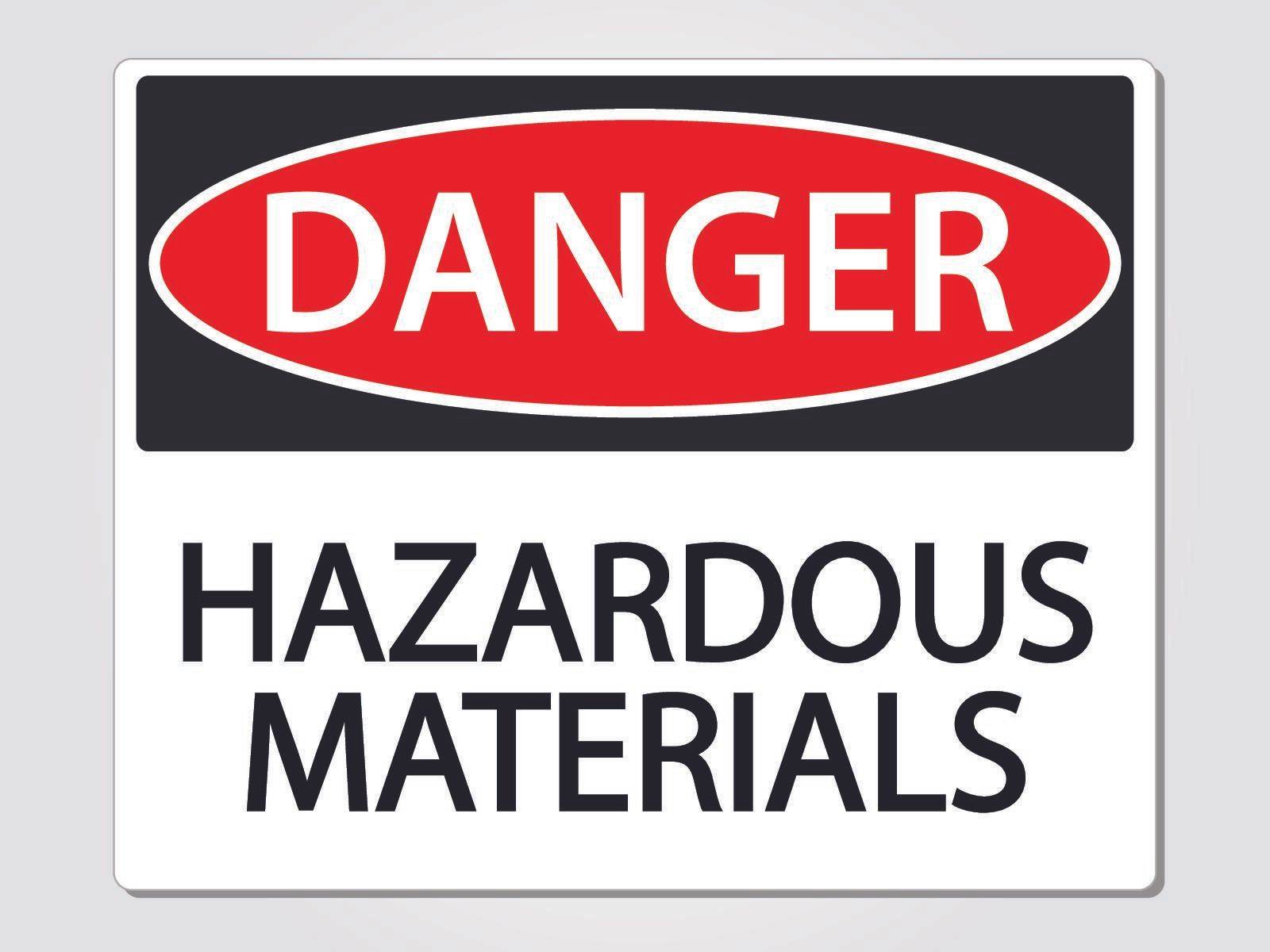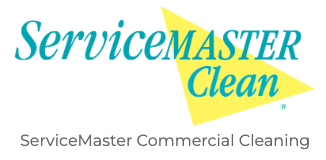How to Increase Energy Efficiency in Commercial Buildings
Multiple studies have confirmed that most commercial buildings waste 30% of their energy. In Southwest Virginia, the average commercial electric bill is $751. If 30% of that is wasted energy, the average commercial building is wasting $225.30 per month or $2,703 per year.
According to the U.S. Department of Energy, the bill of the average commercial building ranges from $334 to $3,288. This means that the average waste of commercial buildings in the United States is $1,202.40 to $11,836.80 per year. This is just electricity averages and does not include gas.
Imagine what you could do with the 30% savings if you made sure your building was more energy efficient. Take a look at some of the ways you can increase energy efficiency in commercial buildings.
Top Ways Commercial Buildings Waste Energy
- Lights left on at all hours of the day
- Temperature controls being accessible to employees and not regularly checked for functionality
- Doors or windows left open when HVAC systems in use
- Office machinery left on at all times
- Inefficient cleaning practices
Easy Commercial Building Energy Improvement Tips
- Do an audit of all the things left on during the nighttime hours that should not be left on. Even small lights, like lamps, should be turned off, all computers, fax machines, copiers, etc., should be in “sleep” mode when not in use overnight.
- Create a routine inspection checklist for all office equipment to ensure everything is functioning efficiently.
- Look at janitorial practices to make sure lights are turned on and off as cleaning is done and nothing is “awoken” from sleep mode during cleaning. Consider day cleaning as a possible energy saving solution.
Energy Improvement Tip #1: Lighting
Natural light is a major commodity in the average workplace. If you’ve got it, use it. When natural light is sufficient, make sure overhead lighting and lamps are turned off. Maximize daylight by opening blinds all the way, and make sure windows and doors are unobstructed to let natural light in.
Additionally, check to see if you have areas that are over-lit. If there are too many lamps in an area with overhead lighting or areas that have natural lighting, consider moving the lamps to under-lit areas. Make sure the bulbs in lamps and in overhead lighting fixtures are energy efficient.
Energy Improvement Tip #2: Office Equipment
Offices have a ton of electronic equipment, so it’s important that you ensure that you’re doing everything you can to reduce the amount of energy expended. Make sure all employee computers have their monitors set to go automatically to sleep when not in use.
Today’s printers, copiers, fax machines, and other large pieces of office equipment have sleep settings; be sure that they’re set to shut down when they’re not in use, especially during the evening hours when a building is not in use. You can also invest in smart power strips that will cut power to items when not in use.
Energy Tip #3: Heating and Cooling
Turn back the thermostat when the building’s occupancy is low or empty. Also, it’s important to ensure that the thermostats are calibrated correctly so as to be as efficient as possible when monitoring temperature. Don’t forget to set thermostats differently when seasonal changes occur.
Make sure that the filters on all HVAC are changed on a frequent and regular basis. Are your vents or air returns blocked? If so, this will cause an unnecessary increase in energy usage.
Remember the words of your parents when you were a kid— you’re not trying to heat/cool the whole neighborhood. Keep all exterior doors and windows closed when HVAC system is in use so temperatures stay regulated.
Energy Tip #4: Speak to Your Staff
Educate your staff about the little changes they can make to have big impacts on office efficiency. Help them understand that their participation is important! Reward office staff who make good changes to their personal workspace and stay on top of energy efficient practices for their departments. Also, make sure that you hire a cleaning company who uses environmentally safe cleaning products.
These all can seem like overwhelming changes to have to make, so here are five immediate changes you can make to your operations and management of your building to make the most impact.
Energy Change #1: Energy Review and Change Building Operations
Create an in-office energy task force and ask the following questions:
- What time can lights be set to automatically be off?
- What time does the thermostat setback because a building is empty?
- Can we maximize the natural light we use?
Energy Change #2: Heating and Cooling Optimization
If your building uses large boilers for heating, go through all the steam traps to make sure they are functional. If not they may be sending large amounts of steam back to the boiler, wasting energy.
Additionally, ensure that your heating and cooling systems are operating at an optimal level and consider replacing with energy efficient models.
Energy Change #3: Energy Management Controls
If your building has older thermostats they may need recalibrating to operate at the highest efficiency, or they may not be programmed for current usages. Consider updating or replacing older thermostats to make sure your building is functioning at its full potential.
Energy Change #4: Embrace Advanced Technology
Advances in technology happen so quickly it can be difficult to keep up. Consider the last time windows and doors were replaced in your building. There may be newer technology that would offer considerable savings in energy usage.
If you’re designing a new building, take a look at the advancement in construction materials and design in general that can help your building be as efficient as possible in its energy use.
Additional Ways to Make Your Office Environmentally Friendly
- Reduce Printing—Does your office do a lot of printing? What happens when those papers are printed by mistake? Consider having a pile box for papers mistakenly printed. Those papers can then be cut in half and put on a clipboard for employees to use for notes.
- Restrict Refrigeration—Is there a refrigerator in your office break area? Do employees have mini refrigerators in their offices? Make sure your refrigerator is cleaned out periodically to avoid overcrowding of the cooling elements and thus overuse of energy to keep the refrigerator cool. Consider also putting a second larger refrigerator in the break room so employees don’t have personal refrigerators in their offices.
- Introduce Air Dryers—In your bathrooms, you may consider putting in air hand dryers to eliminate the use of paper towels. To cut down on water usage, installation of timed or motion activated faucets go a long way.
- Encourage Recycling—Offer recycling bins next to trash bins and place them next to copy machines.
- Increase Carbon Dioxide—Buy office plants and encourage employees to have plants in their offices to reduce VOC’s (Volatile Organic Compounds) and carbon dioxide levels in the office. These can come from building materials, electronics, even office furnishings. Having plants not only reduces these things but also has an environmental impact in the office by increasing employee health and mental wellness.
Many consumers are now very conscious of the environmental practices of the businesses they buy from. Other businesses might very well inquire about the practices of your office or commercial building in regard to energy efficiency. In order to stay competitive in your field, it is vital to make the changes required to become energy efficient and lessen your negative environmental impact.
How Your Cleaning Company Can Help Increase Energy Efficiency
As you attempt to make your building more energy efficient, there are several ways your commercial cleaning company can help.
First, if the company offers day cleaning services, that can help reduce energy costs, since the lights in your building won’t be on at night when they otherwise wouldn’t be.
Also, make sure your company is using microfiber towels and dust wands and high filtration vacuum cleaners. This method, which at ServiceMaster is known as the Capture and Removal Cleaning method, has been shown to cleaning time by up to 25%, thus saving energy costs.
You might also like




